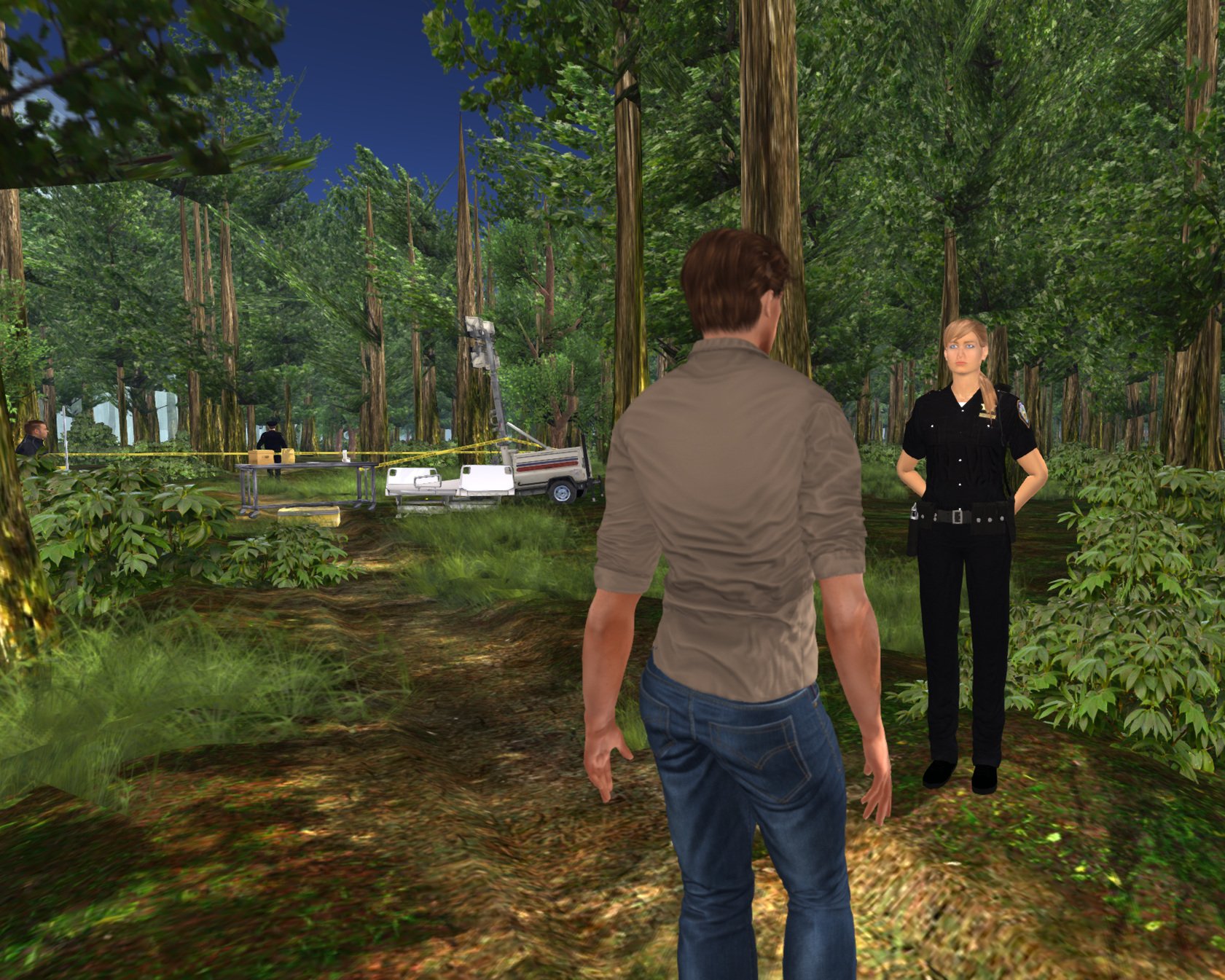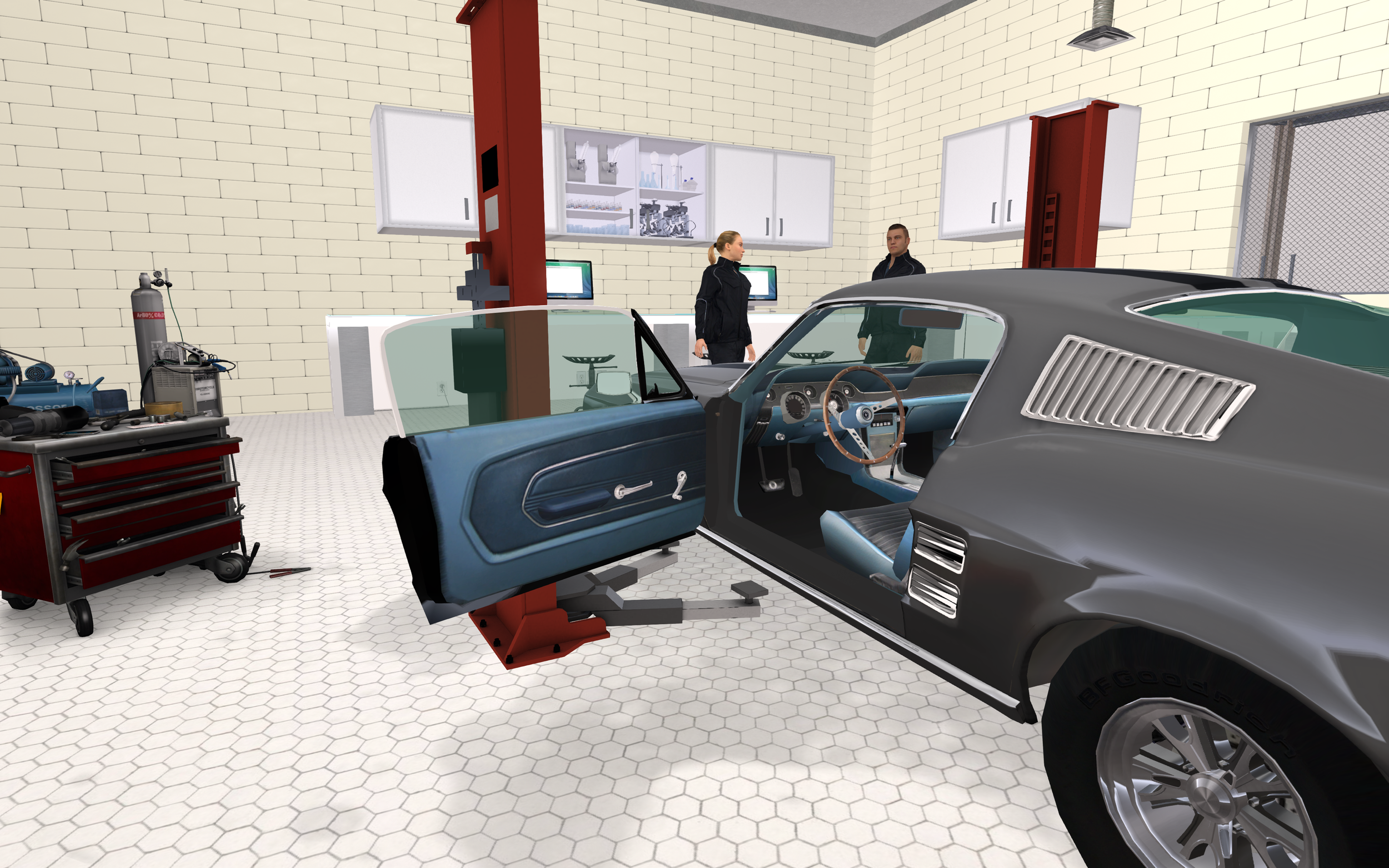
Chemistry: FSU
How do you make chemistry more appealing to Liberal Studies students? Introducing ‘Chemistry for Liberal Studies – A Forensic Academy.’
Overview.
Objective:
Increase enrollment following a drop in student numbers.
Client:
Dr. Stephanie Dillon, Director of Freshman Chemistry Laboratories, Florida State University.
Summary:
Students take on the role of a Junior Forensic Scientist to solve a murder. They familiarize themselves with analytical machines and safety equipment, practice core lab skills, and test their theoretical knowledge.
Outcome:
Between Fall 2016 and Fall 2017, enrollment increased from 86 to 299 students. Enrollment currently stands at 800 students per year.
The challenge faced by Dr. Stephanie Dillon, the Director of Freshman Chemistry Laboratories at Florida State University, was that her introductory course in Chemistry had experienced a steady drop in student numbers over several years.
Working with Dr. Dillon, UniVirtual designed a series of lectures, labs, and assignments (including reading and examination materials), presented as “Liberal Studies Chemistry - A Forensic Academy.” The course, which asks students to take on the role of a Junior Forensic Scientist in order to solve a murder case, increased enrollment by almost 250% in its first year.


Process.
The course requires students to take on the role of a Junior Forensic Scientist in order to solve a murder. Much of the evidence students analyze in a series of modules is based on evidence collected during an actual murder investigation. The final module requires students to read transcripts of witness and suspect interviews. Because these statements often contradict the forensic evidence, students must use what they have learned to decide whether the evidence supports an arrest.
To increase immersion, all modules take place in a virtual town that includes a police station and garage, a cinema, a forensic laboratory with an autopsy room, evidence lockers and offices, and various shops and cafes. There is also a section of forest where the crime took place and evidence is collected. Students navigate the environment using a Heads-Up Display that provides instructions. They also interact with NPCs playing the roles of police officers, pathologists, suspects, witnesses, and forensic scientists.
“The metaverse is very cool to work in. (The students)… have a really great time, and we sneak a little bit of chemistry in with everything else. We’re still looking at the scientific method, and we hold them to a really high standard, but they have such fun doing it that they don’t even know that they’re being taught.”
— Dr Stephanie Dillon, Director of Freshman Chemistry Laboratories , Florida State University

Available Modules.
Results.
Outcome.
The move to the metavese has been a great success. In 2012, approximately 20 students per semester were enrolled in Dr. Dillon’s course. Today, there are 800 students taking the course annually, and it continues to grow. Student understanding and retention of the material have also increased.

